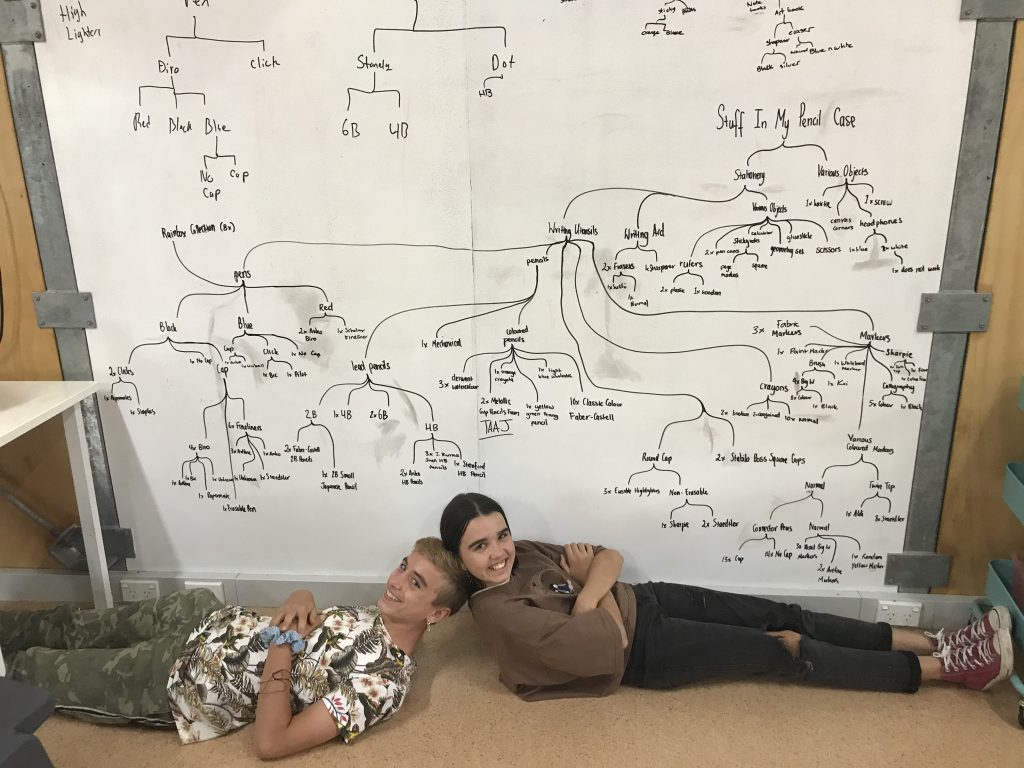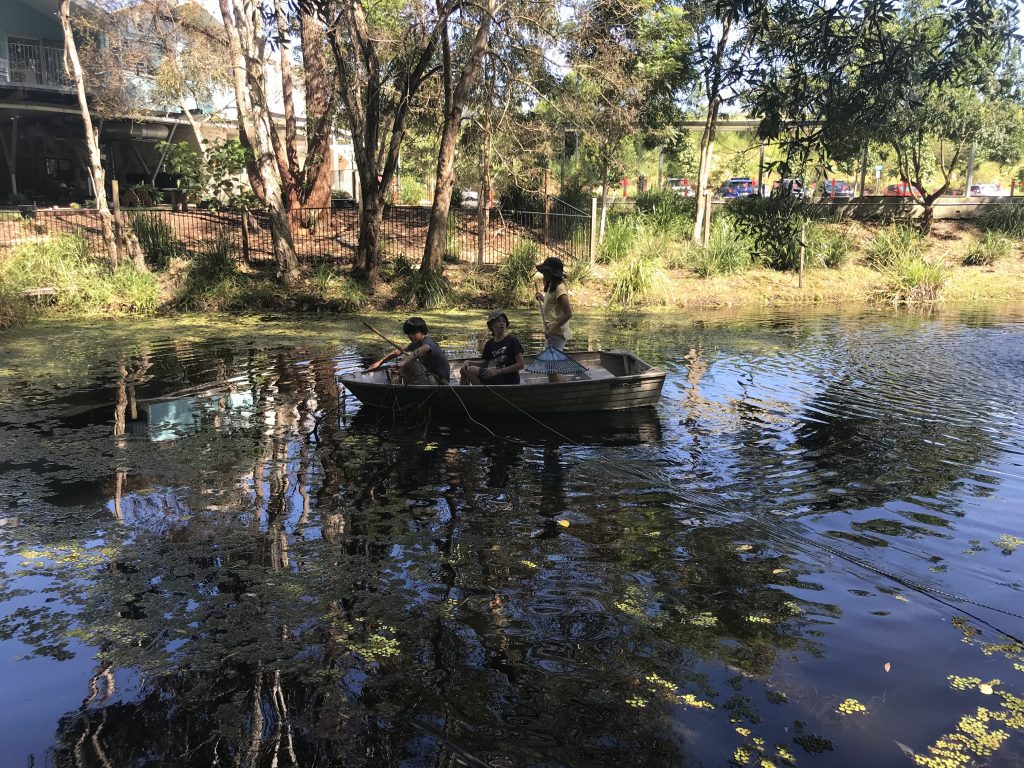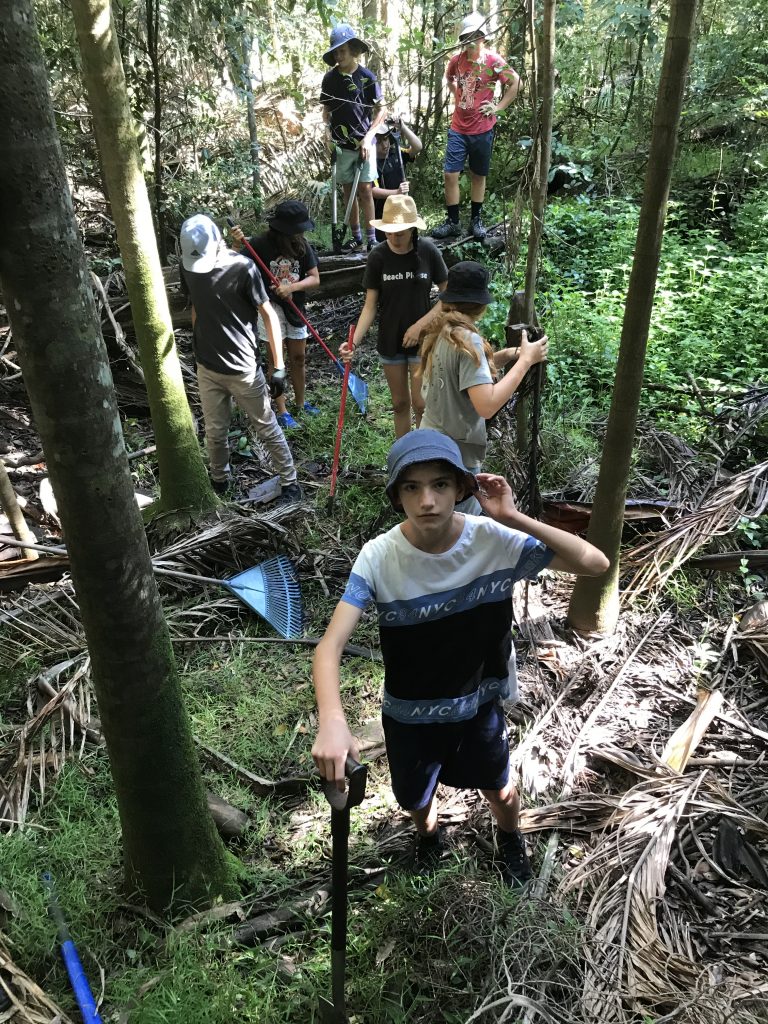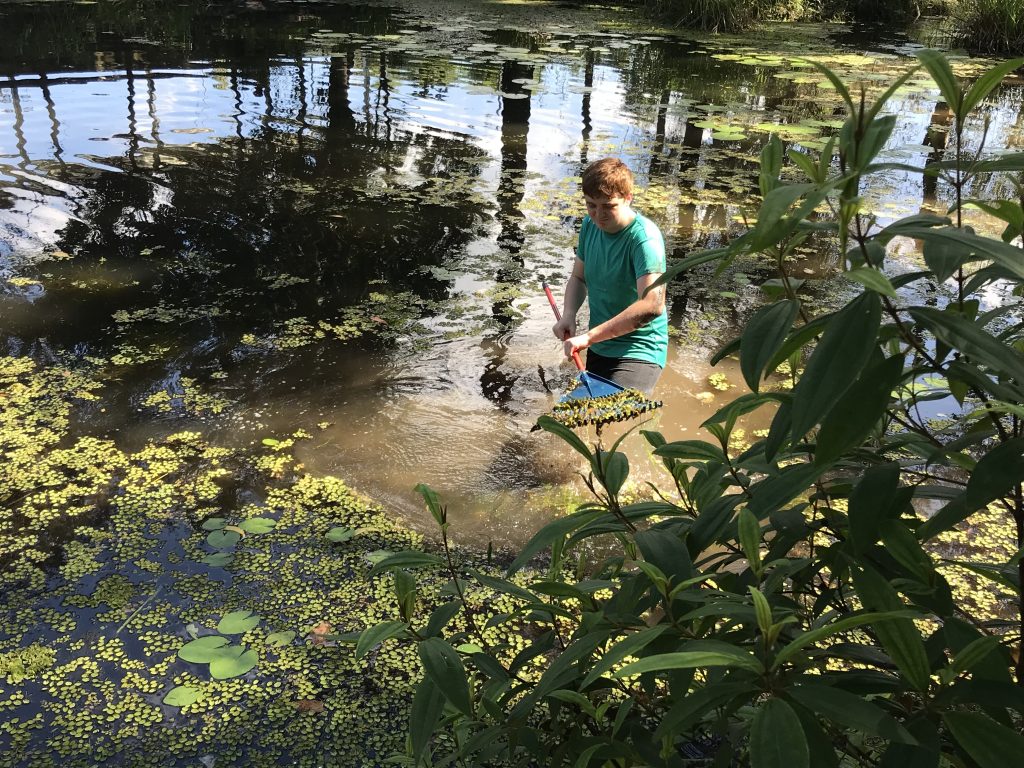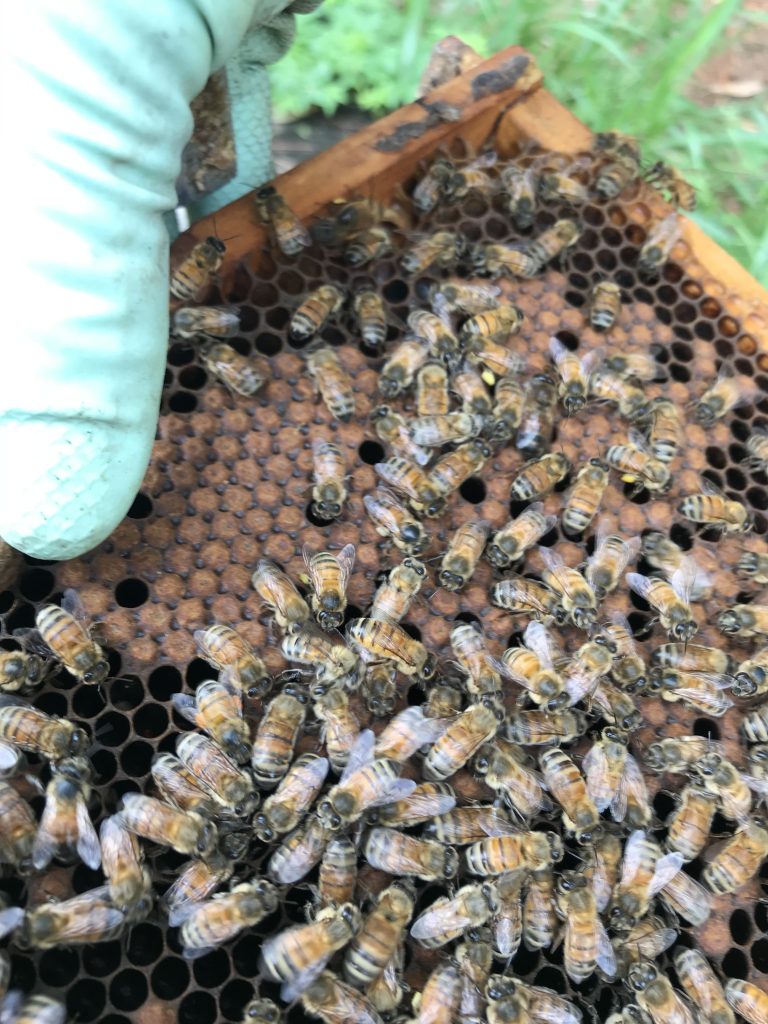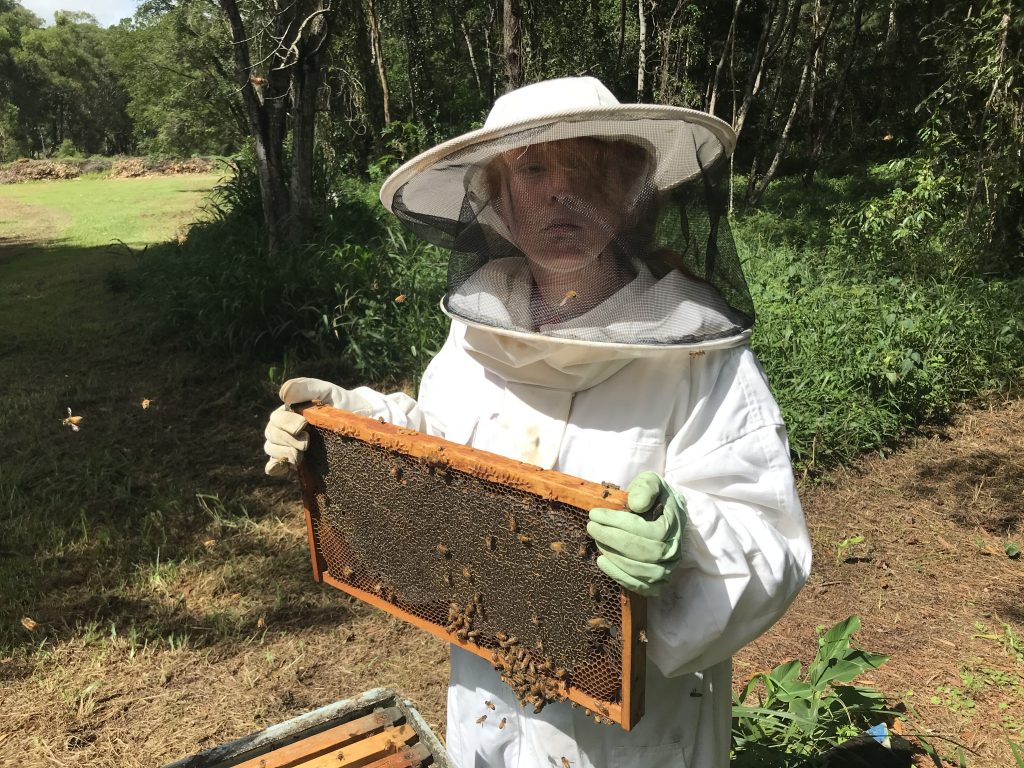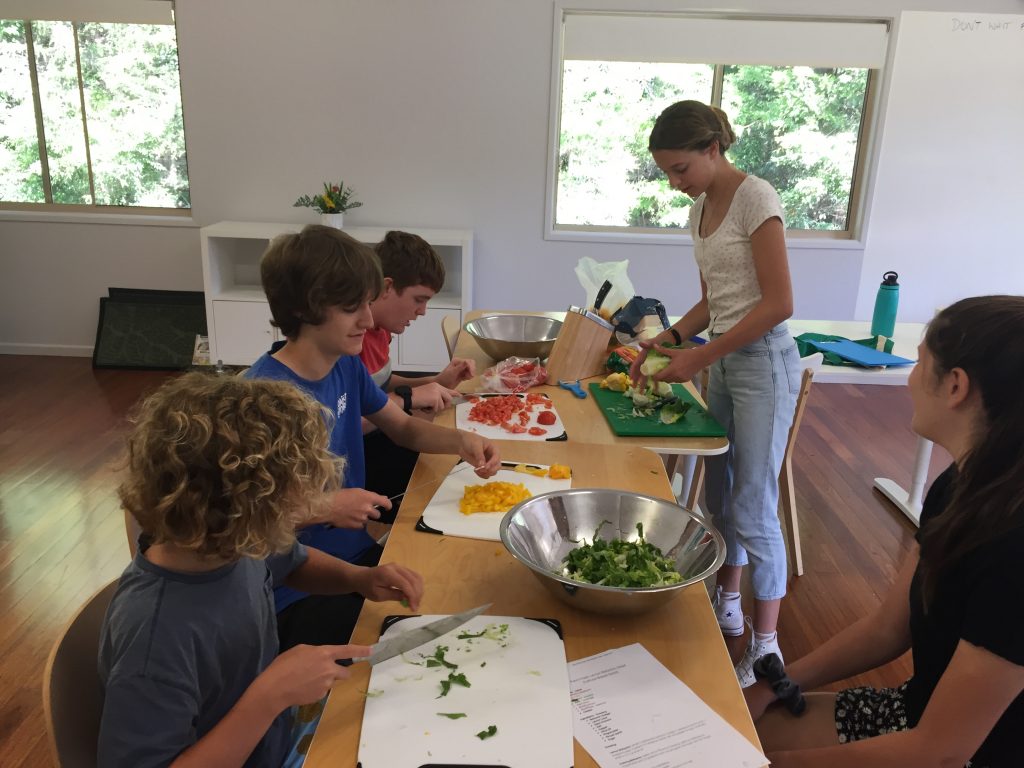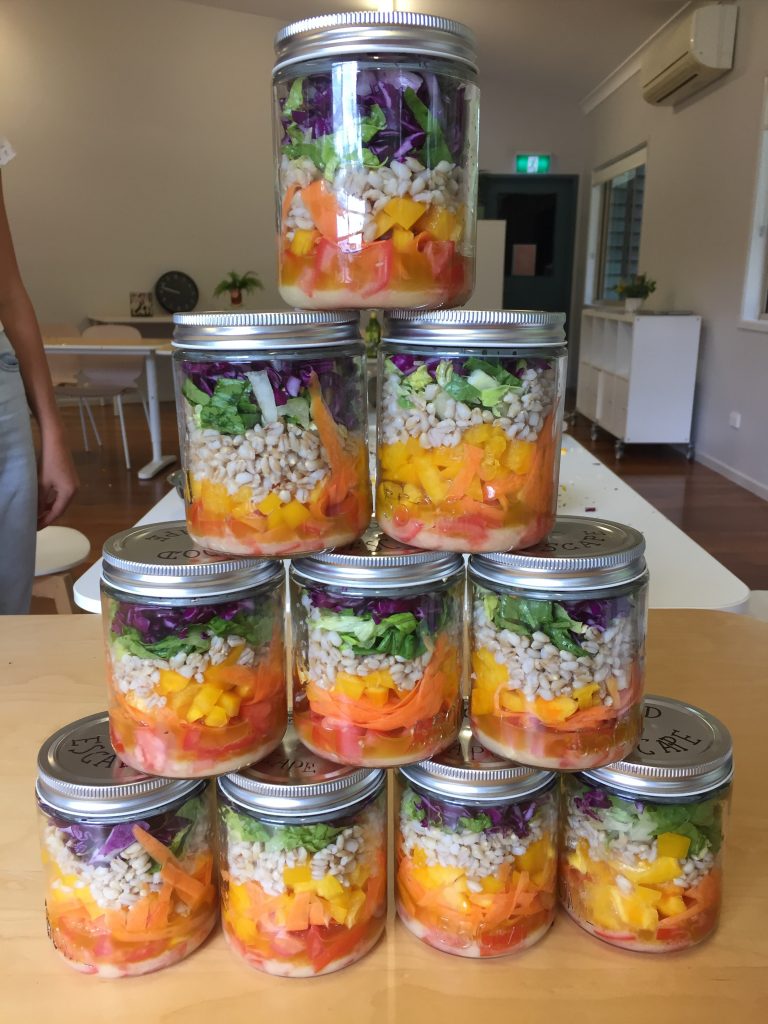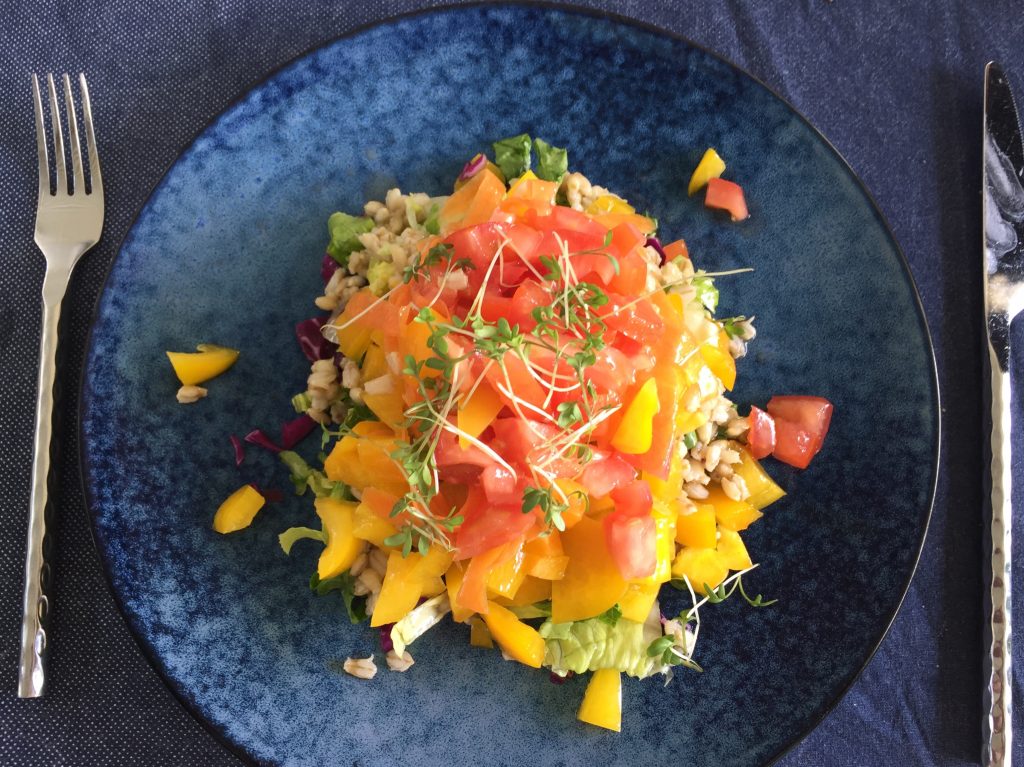Dr Maria Montessori was astonished that during the time of physical, emotional and intellectual turmoil that we call adolescence, most cultures immobilise children behind desks rather than let them put their energies into meaningful projects.
By contrast, our adolescent program here at MIC not only provides for hands-on learning using a fully integrated curriculum – with land-based projects that span a broad range of disciplines – it empowers students with the knowledge that their input is valued as they contribute purposefully to the community they are a part of.
Dr Montessori believed that learning requires the head and hand to be interconnected, and that learning can happen anywhere, through meaningful work and community life.
Montessori Principles
The key pillars of the Land and Community Program for our Year 7 and 8 students are the Montessori principles we value so highly here at MIC:
- meaningful work through real-world projects and problem solving
- working together to solve problems
- participating in community life and work
- leadership and mentorship of younger peers.
Human beings exist within, and are part of, an interconnected world – hence the importance of having an integrated curriculum where the adolescents are able to immerse themselves in the whole experience, and not just one aspect of it. Work on the land connects the adolescents intellectually, physically and spiritually. This learning, although initially focused on this site, has scope to be applied much broader, and globally.
“Work on the land is an introduction both to nature and to civilisation and gives a limitless field for scientific and historical studies.”
– Dr Maria Montessori
Land-Based Themes
In the Year 7 and 8 program, the integrated curriculum is delivered through land-based projects designed around four themes (one per term): Water, Food Production, Rainforest, and Buildings.

Each term, learning is in context under the umbrella ‘theme’ allowing students to see the interconnections of their work, with all work designed to meet the adolescent’s developmental needs as they transition from the child they once were to the adult they will soon become.
As each theme’s projects are co-designed in a collaborative process involving all generalist teachers and specialists, students experience a connected and comprehensive approach to learning. Undertaking cross-disciplinary projects enables adolescents to have more time to dive deep into the content to ensure deep understanding and experiences.
Curriculum Overview
Each element of the curriculum plays a key role in the development of the adolescent. Time and care has been taken to ensure there is a balance between each of these areas so that the program meets the academic, social, emotional and physical needs of the adolescent.
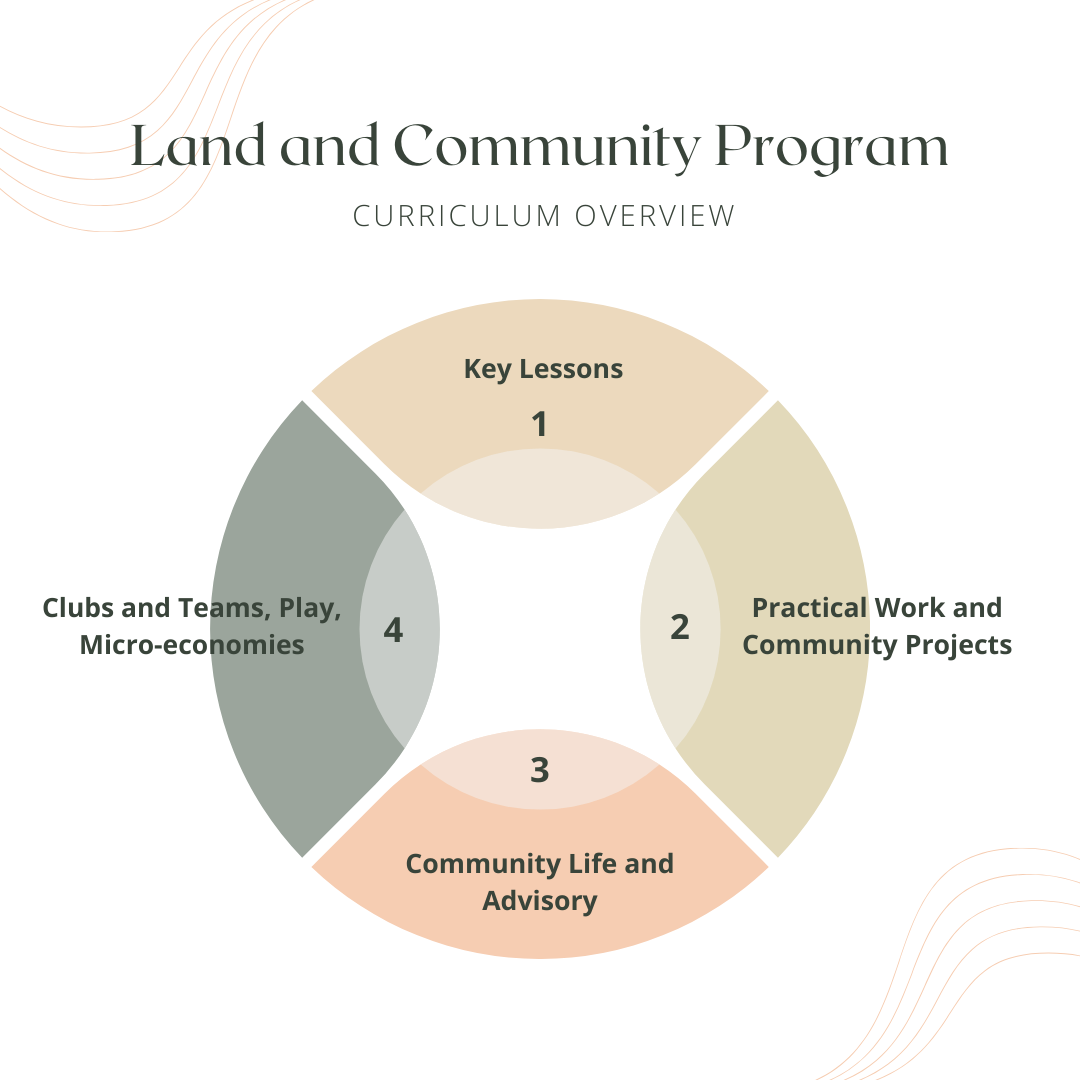
- Key Lessons
The purpose of the Key Lessons, held in the mornings, is to build the skills and knowledge that the adolescents will then apply practically during hands-on Practical Work sessions in the afternoons. Key Lessons cover the Australian Curriculum content such as English, Mathematics, Science, History, Geography, Civics & Citizenship, Economics & Business, Technology, The Arts, and Health & Physical Education.
The Water theme in Term 1 is an excellent example of how a theme can be the vessel for the integration of all subject areas – both in the skills and knowledge acquired in the Key Lessons as well the practical application of that knowledge through Practical Work. This brings together all subjects with meaning and context.
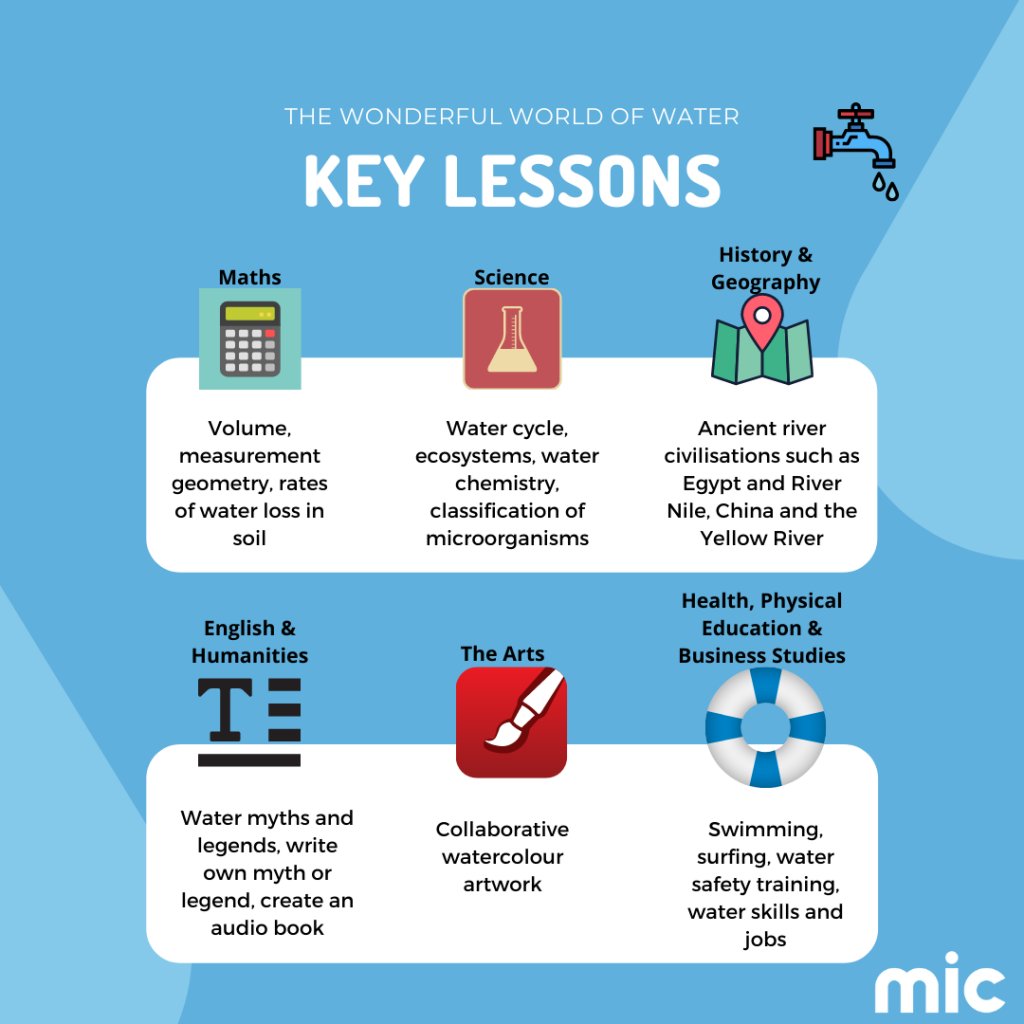
2. Practical Work and Community Projects
The purpose of the Practical Work sessions (held in the afternoons) is to connect the head and the hand, providing students with opportunities to use the skills and knowledge learned in Key Lessons and to apply them to meaningful projects. This then deepens their learning experience and understanding. It also provides opportunities for the adolescents to use their bodies and calibrate their physical skills as they grow and develop.
For example, in Term 1, students started work on a Creek Walk, working sympathetically with nature to identify and remove weed species whilst working around the native plants that are so important to the rainforest. A group of students also worked on removing noxious weeds from the three dams. Other students participated in Beach Clean Up activities at three beaches: Mooloolaba, Alexandra Headlands and Cotton Tree, filling garbage bags with rubbish.
3. Community Life and Advisory
Community Life adds meaning to the Civics and Citizenship curriculum through seminars, community meetings, event organisation, grace and courtesies, and interaction with peers. Again, older students lead and mentor younger students in running community meetings.
4. Clubs and Teams, Play, and Micro-economies
Creative and Physical experiences are explored through Clubs and Teams where students can participate in a physical endeavour, such as individual or team sports; a creative endeavour, such as drawing, painting, drama, music, cooking, film & TV, pottery or digital design; or an academic endeavour, such as robotics, chess club, coding club, book club, orienteering or debating.
The Economics, Business and Mathematics curriculum is embedded in a purposeful way in the micro-economies, or student-run businesses, as well as the Technology and Arts curriculum through the design of products. Older students, in the role of ‘managers’, lead and mentor younger students, in the role of ‘employees.
Evaluation and Feedback
Evaluation and feedback in our Adolescent Community is fundamentally different to the assessment processes often seen in secondary schools.
All feedback and evaluation is provided to the adolescent in order to promote a growth mindset and student agency over their learning.
Students constantly receive feedback throughout their work within projects as they work side-by-side with adults and peers. It is the nature of meaningful projects that adolescents soon discover whether something is successful or not so they can find ways to improve the work they have produced.
After the submission of a draft or assessment task, adolescents are provided formal written feedback via the Google classroom digital platform in order to build upon their current skills and identify areas to improve upon.
There is also regular advisor conferencing with the adolescents so they can reflect upon evaluations and set learning goals. These conferences allow adolescents to see how they are progressing so they can determine any areas that need more focus for the well-rounded development of skills and understanding.
Evaluation Portfolio
In other settings, education, learning, assessment and evaluations are often fixed and permanent, and based on predetermined modes of assessment, allowing little acknowledgement of growth or development.
In contrast, the Evaluation Portfolio we use in the Adolescent Community at MIC is designed to share the curriculum achievement standard set in the Australian Curriculum with the adolescents to provide them with the agency to identify their strengths and seek innovative ways to demonstrate their knowledge and understanding of the curriculum content.
Over the course of two years, students and their advisor collect evidence of their achievement across all Australian Curriculum standards and record them in the digital portfolio. The portfolio is a living document with an emphasis on growth, as students have the ability to improve on previous samples of work through new learning and demonstration of new knowledge and understanding. Students have the opportunity to present their knowledge and understanding in an almost limitless number of ways, including through written pieces, oral presentations, and creative endeavours.
These are just some examples of the types of evaluation formats students may elect to use:

Learning is not stagnant – it is ever evolving and growing and our assessment and evaluation process at MIC reflects that.
For more on our integrated curriculum in the Adolescent Community here at MIC, visit the Adolescent Community pages of our website.
